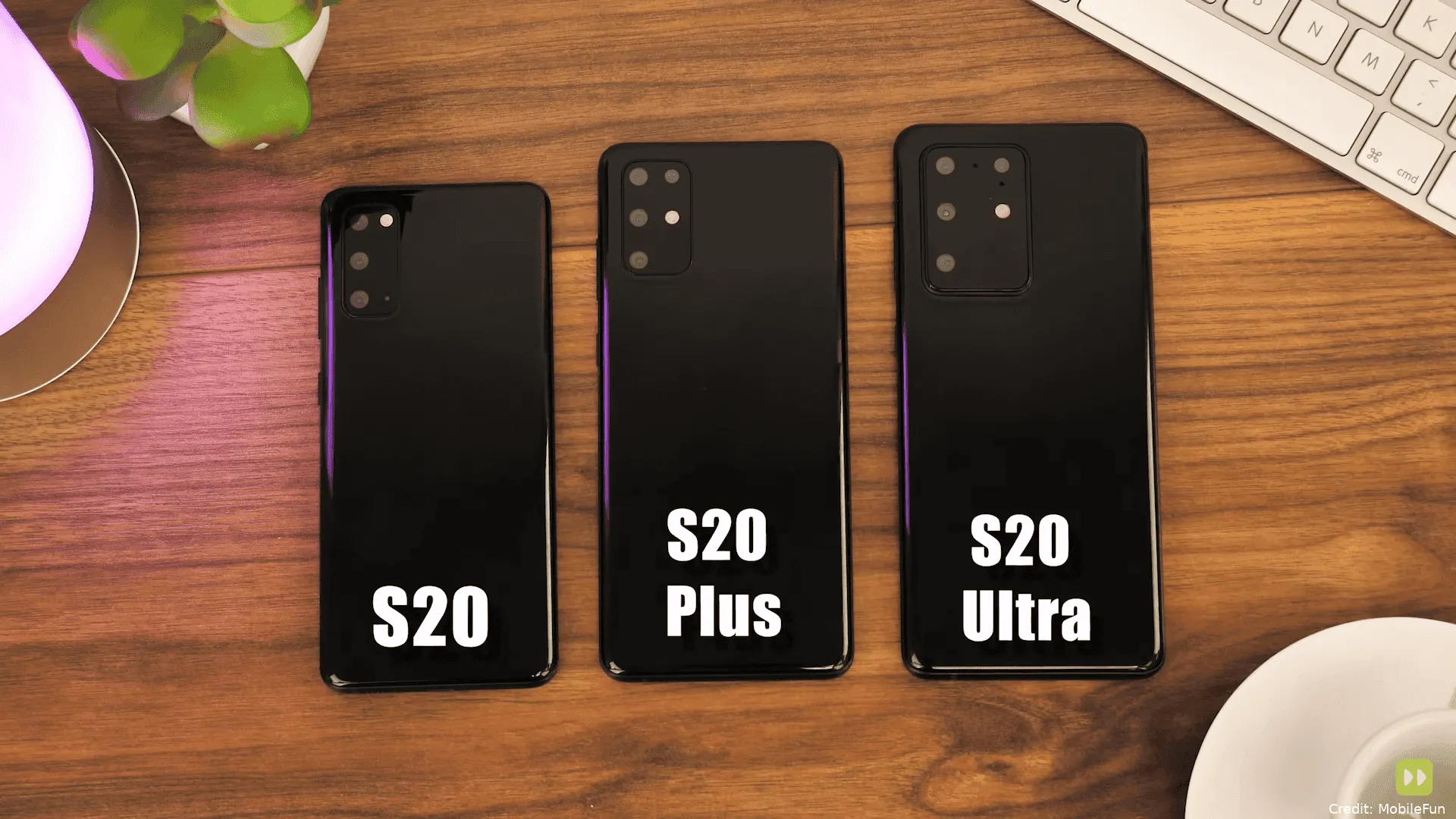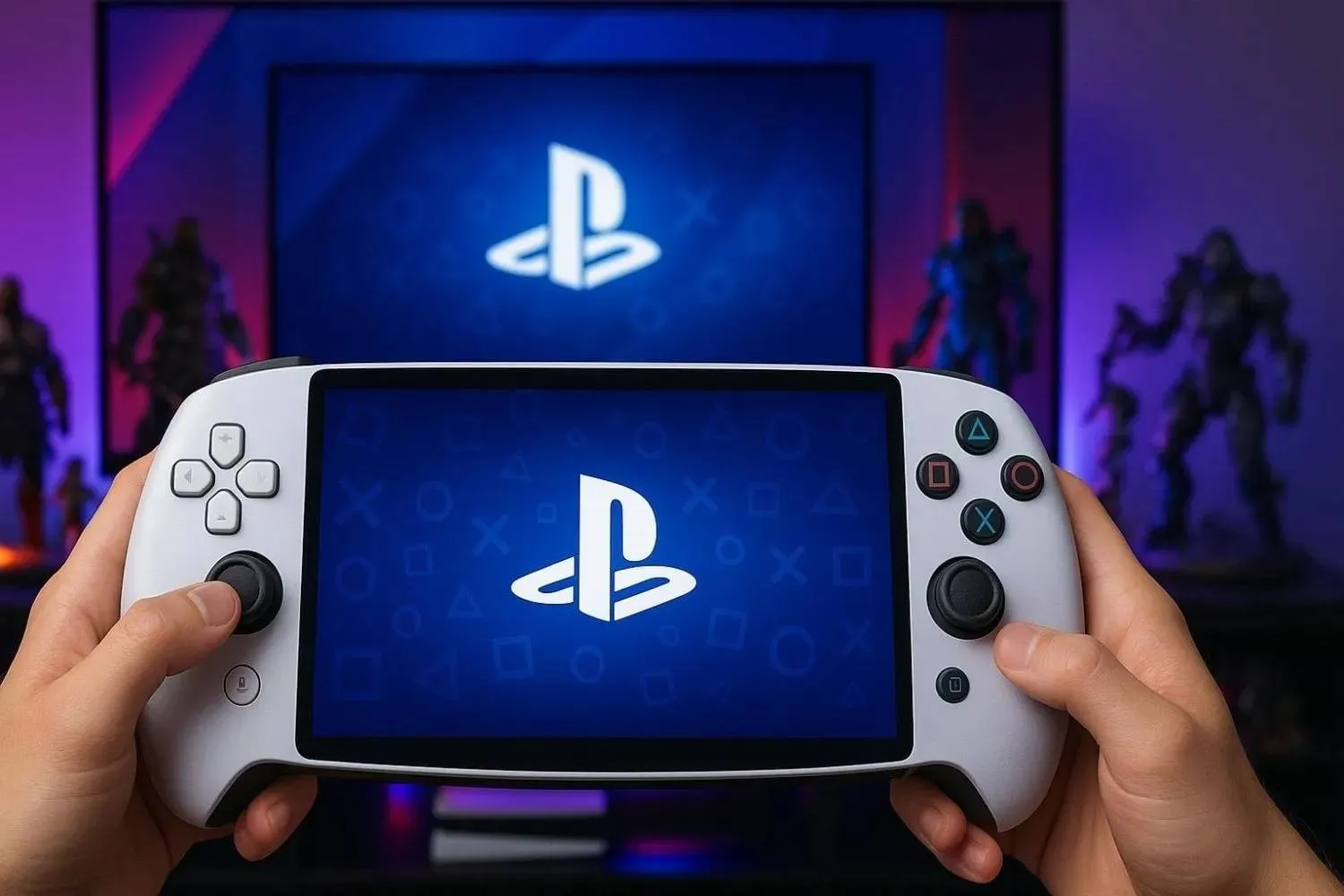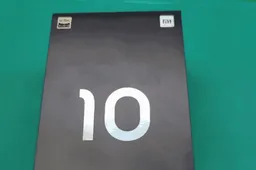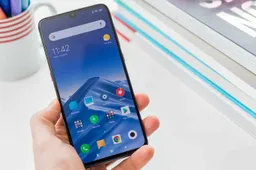Samsung Galaxy S20 series to use 16GB RAM, LPDDR5, UFS3.0, & SD865
newsThursday, 06 February 2020 at 19:30

Today, Xiaomi announced that the Xiaomi Mi 10 will use Micron LPDDR5 memory chips. Chang Cheng also said that the upcoming Xiaomi flagship will use Snapdragon 865 + LPDDR5 + UFS3.0 as standard. Now, recent information on Weibo shows that the Samsung Galaxy S20 series will use Snapdragon 865 + LPDDR5 + UFS3.0 as standard. In addition, this series will have 12GB and 16GB RAM versions. The LPDDR5 here is likely to be Samsung's own. According to a recent update on Samsung China's official website, the new product launch will hold at 3 am on February 12 (Beijing time).

According to recent information, the Samsung Galaxy S20 series will have three phones: Galaxy S20, S20+, and S20 Ultra. The screen sizes are 6.2-inch, 6.7-inch, and 6.9-inch Infinity-O AMOLED screens with 120Hz refresh rates. These smartphones will come with Android 10 out-of-the-box. In terms of configuration, the Samsung Galaxy S20 5G will use a 12-megapixel rear triple camera and a built-in 4000 mAh battery, The Galaxy S20+ 5G uses a 12-megapixel rear quad camera and a built-in 4500 mAh battery. As for the Galaxy S20 Ultra, it has a 108-megapixel wide-angle lens + 48-megapixel telephoto camera + 12-megapixel ultra-wide-angle lens + ToF sensor. This smartphone will support 10x optical zoom and 100x digital zoom.
Samsung will confirm the pricing of the S20 models during the launch event. According to rumors, the S20 Ultra 5G will cost $1,300. In Europe, the Galaxy S20 4G will cost €899 and its variant will retail for €999. The S20+ 5G may cost €1,099. The South Korean firm will also reveal its new foldable smartphone at the same event.
Samsung Galaxy S20 Ultra alleged specifications
- 6.9 inch Dynamic AMOLED screen WQHD + Inifinty-O
- 120Hz refresh rate and 20:9 ratio
- Exynos 990 processor
- 128GB / 512GB internal memory
- MicroSD card support up to 1TB
- Rear camera with 108MP main sensor + 12MP wide-angle + 48MP telephoto + ToF
- 40MP front camera
- 5000mAh battery
- 45W fast charging
- IP68 certified against water and dust
- Android 10 with One UI 2.0
Popular News
Latest News
Loading





